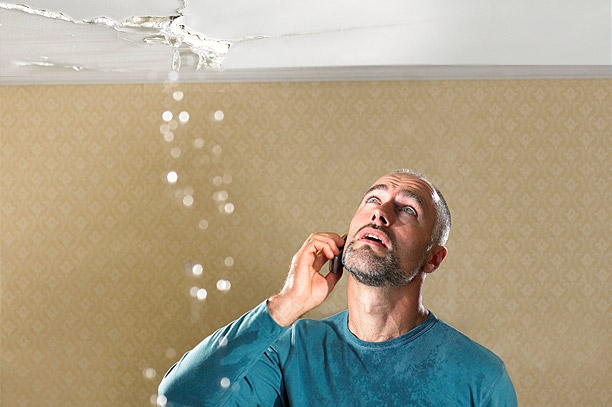March 26, 2023 Patrick Prendiville, Prendiville Insurance Agency Homeowner Tips
Let’s face it. Reviewing your insurance does not rank high up on the list of pleasurable experiences. We get that. However,  an insurance policy that does not cover you properly can be a considerable expense and sometimes a financial catastrophe. Add in to this equation an Association having a large or minor affect on the decision process of what to buy and there can be some confusion. Hopefully, this short list of considerations for condo unit owners, single family residence owners and landlords, will make the process easier.
an insurance policy that does not cover you properly can be a considerable expense and sometimes a financial catastrophe. Add in to this equation an Association having a large or minor affect on the decision process of what to buy and there can be some confusion. Hopefully, this short list of considerations for condo unit owners, single family residence owners and landlords, will make the process easier.
It’s important to know where the responsibilities of the Association and the unit owner intersect. Some important terms and coverage categories to figure out are:
However, the question of the moment is: how do you know which way to cover? Ultimately, your CC&R’s will answer that question. However, you can also check out your Association annual disclosure, or call the Association’s insurance agent to see which type of coverage you need.
Personal Property: Of course, since the Association does not own any of your furniture and personal belongings, you will need to cover those. Keep in mind that you will want replacement cost coverage so that you can replace your old with new.
Loss Assessment: Should your Association need to assess you for an item that could be covered under your insurance; you will want to have loss assessment coverage. In this event, you would turn your assessment over to your insurance carrier for payment.
You should also have a conversation with your insurance agent about the proper liability limit and loss of use.
IMPORTANT: Make sure you have coverage for your Association’s deductible. These deductibles can range from $1,000 to $20,000 or even $50,000, so be prepared.
Because the Association does not insure any portion of your premises, this is a much more straight forward policy when compared to a Condominium. Your typical homeowners policy is going to cover your structure, personal belongings, liability, loss of use, etc.
One important coverage to add: Loss Assessment Coverage. As described above, an assessment from your Association may be covered by your homeowners insurance, but you need to add this coverage as it’s not automatically covered. Talk to your insurance agent and get some options for this coverage. It may cost you a few extra dollars, but could be well worth the expense.
Especially in condo associations, this is an often overlooked policy. For each category of policy (condo or single-family residences), all of the information in the above sections apply, however for a landlord’s policy, you will want to be sure that you have two very important coverage items:
Most often, Earthquake Insurance is sold in conjunction with your condo or homeowners policy. This can be a great coverage to have and the California Earthquake Authority has a very user-friendly website where you can review the coverage as well as the associated premiums. Check out www.EarthquakeAuthority.com or contact your agent.
Hopefully these tips give you a little more understanding of the important aspects of choosing the proper insurance plan. The most important at thing to do is to talk to an agent that is familiar with your needs as it relates to you living in your particular Association. A little pre-planning can go a long way to avoid a significant financial loss.
ABOUT CRUMMACK HUSEBY PROPERTY MANAGEMENT, INC.
WE ARE BUILDING RELATIONSHIPS & GROWING COMMUNITIES.
Crummack Huseby utilizes a personal approach to create and develop one-of-a-kind property management programs for new and existing communities. Our award-winning talent would be honored to present their unparalleled methods in property management and builder services to your team or board. For more information, please visit ch-pm.com or call 888-399-9430 Toll-free
Crummack Huseby Property Management, Inc.
25531 Commercentre Drive Suite 100 Lake Forest, CA 92630
READY WHEN YOU ARE
Our unmistakable team and unparalleled approach to HOA management services sets us apart. Let us help your community stand out. When you’re ready for us, we’ll be here for you.